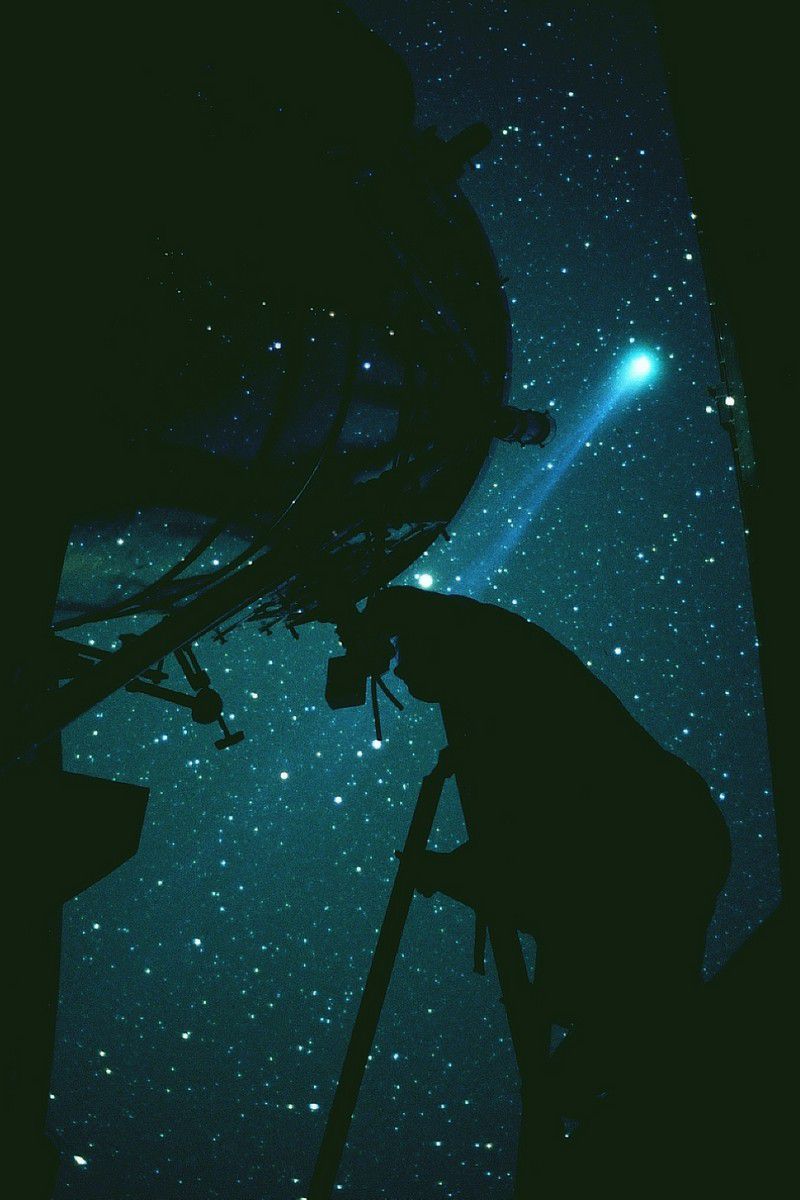-
 Western hemlock
Western hemlock
-
 Stimulation
Stimulation
-
 Sedimentary basin
Sedimentary basin
-
 Antihypertensive
Antihypertensive
-
 Firmware
Firmware
-
 Balanced flue boiler
Balanced flue boiler
-
 Catarrh
Catarrh
-
 Sign
Sign
-
 Ecchymosis
Ecchymosis
-
 SDSL
SDSL
-
 Mangrove
Mangrove
-
 Gland
Gland
-
 Common juniper
Common juniper
-
 Increment
Increment
-
 Baldness
Baldness
-
 Asymptotic giant branch
Asymptotic giant branch
-
 Phloem
Phloem
-
 Fish-eye
Fish-eye
-
 Inclination
Inclination
-
 Lesser kestrel
Lesser kestrel
-
 Black walnut
Black walnut
-
 Rectrice
Rectrice
-
 Aspartame
Aspartame
-
 Hydra
Hydra
-
 Monounsaturated fatty acid
Monounsaturated fatty acid
-
 Leukoplakia
Leukoplakia
-
 Carbon nanotube
Carbon nanotube
-
 Conductivity
Conductivity
-
 Meson
Meson
-
 Class II antiarrhythmics
Class II antiarrhythmics
Hyakutake's comet
At the beginning of 1996, the astronomical community only had eyes for the Hale-Bopp comet, a hirsute body discovered six months earlier by two American astronomers and which was to provide a show in the spring of 1997.
But on 30 January 1996, a Japanese astronomer, Yuji Hyakutake, discovered a new comet that would bear his name and become famous, using large 150 mm binoculars. Less than 2 months later, Hyakutake's comet passed 15 million kilometres from the Earth: with its bright - 1 magnitude and its plasma tail spread out over 70 degrees of sky, it was the finest observable comet since West's comet twenty years earlier.
From radar observations, astronomers estimated the size of Hyakutake's nucleus (composed of ice and dust) to be 3 kilometres, five times smaller than that of Halley's comet which last passed in 1986.
The last time Hyakutake's comet passed was 17,000 years ago, but because of gravitational disturbances caused by the Sun, it is not expected to return for another 100,000 years!
 Hyakutake's comet in the spring of 1996. Credit J-B Feldmann
Hyakutake's comet in the spring of 1996. Credit J-B Feldmann
Latest
Fill out my online form.



